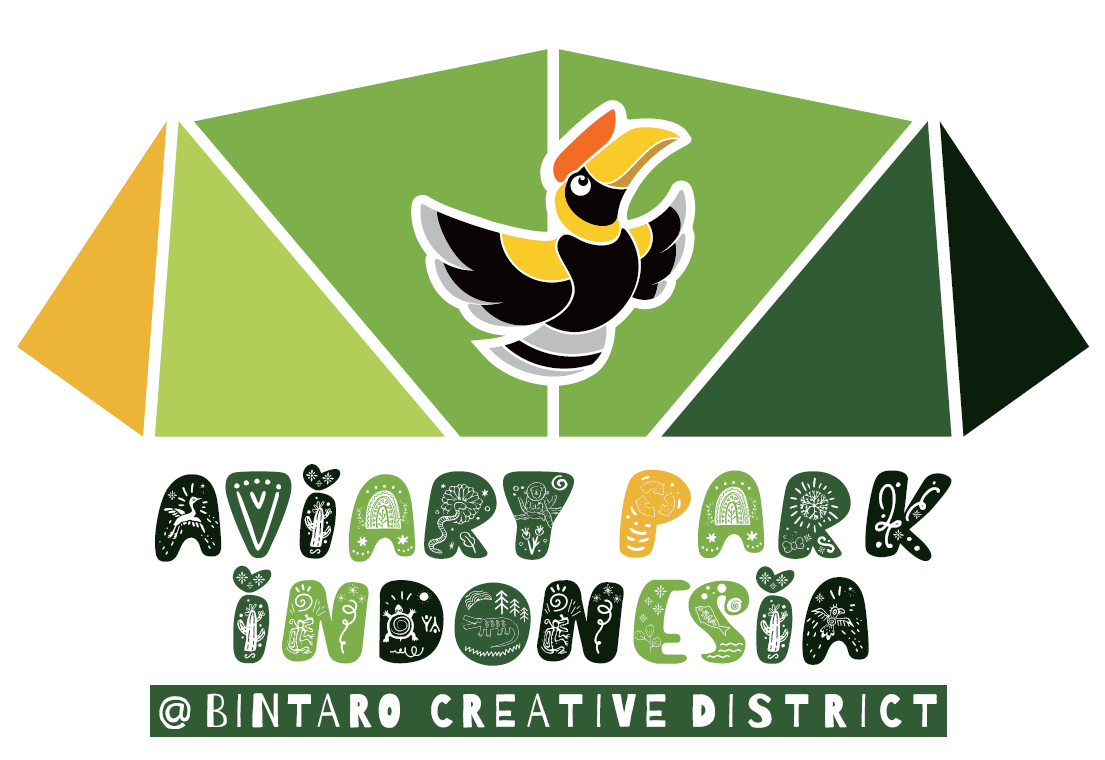Kuda Kepang: The Mystical Horse of Indonesia
Indonesia is a country known for its rich cultural heritage, diverse landscapes, and unique wildlife. Among the many fascinating aspects of Indonesian culture is the traditional art form known as Kuda Kepang, or the Javanese horse dance. This captivating performance combines elements of dance, music, and storytelling to create a mesmerizing experience for both performers and spectators alike.
Originating from Java, Kuda Kepang is a traditional folk dance that has been passed down through generations. The dance is typically performed by a group of dancers who are dressed in colorful costumes and adorned with intricate masks and headdresses. Central to the performance is the use of a woven horse prop, which the dancers manipulate to create the illusion of riding a horse.
The origins of Kuda Kepang can be traced back to ancient Javanese folklore, where the horse was revered as a symbol of strength, grace, and nobility. The dance is believed to have mystical properties, with the performers entering a trance-like state as they channel the spirit of the horse. It is said that during the performance, the dancers are able to communicate with the spirit world and receive divine guidance.
One of the most common questions about Kuda Kepang is its significance in Indonesian culture. The dance is often performed at special events and ceremonies, such as weddings, harvest festivals, and religious celebrations. It is believed to bring good luck and prosperity to the community, as well as ward off evil spirits. The rhythmic drumming and chanting that accompany the dance are said to invoke the spirits of the ancestors, who watch over and protect the living.
Another common question is about the symbolism behind the horse prop used in the dance. The horse is a powerful symbol in Javanese culture, representing courage, loyalty, and freedom. In the context of Kuda Kepang, the horse is seen as a sacred animal that can bridge the gap between the physical and spiritual worlds. The dancers’ movements mimic the fluidity and grace of a horse in motion, creating a sense of harmony and balance.
Many people also wonder about the training and preparation required to perform Kuda Kepang. The dance requires a high level of skill and coordination, as the performers must synchronize their movements with the rhythm of the music. Training typically begins at a young age, with dancers learning the intricate steps and gestures through years of practice and dedication. The physical and mental discipline required to master the dance is a testament to the performers’ commitment to preserving this ancient tradition.
In conclusion, Kuda Kepang is a fascinating and enigmatic art form that offers a window into the rich cultural heritage of Indonesia. Its mystical origins, symbolic significance, and captivating performances make it a unique and unforgettable experience for those who have the opportunity to witness it. Whether you are a traveler seeking authentic cultural encounters or simply curious about the traditions of Indonesia, Kuda Kepang is sure to leave a lasting impression. So, next time you find yourself in Indonesia, be sure to seek out a Kuda Kepang performance and immerse yourself in the magic of this ancient dance.
